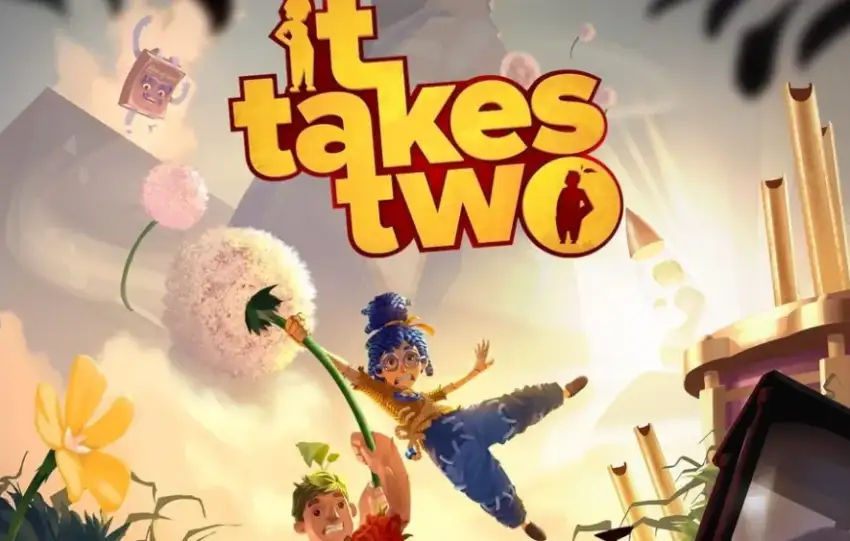Shooting and Running games are as cool as they sound, or should we say run and gun games, if you are wondering where to play the best of them. Tune in for our list, as we have enlisted the best past and present games that you can indulge in.
Best Run and Gun Games
01. Metal…






